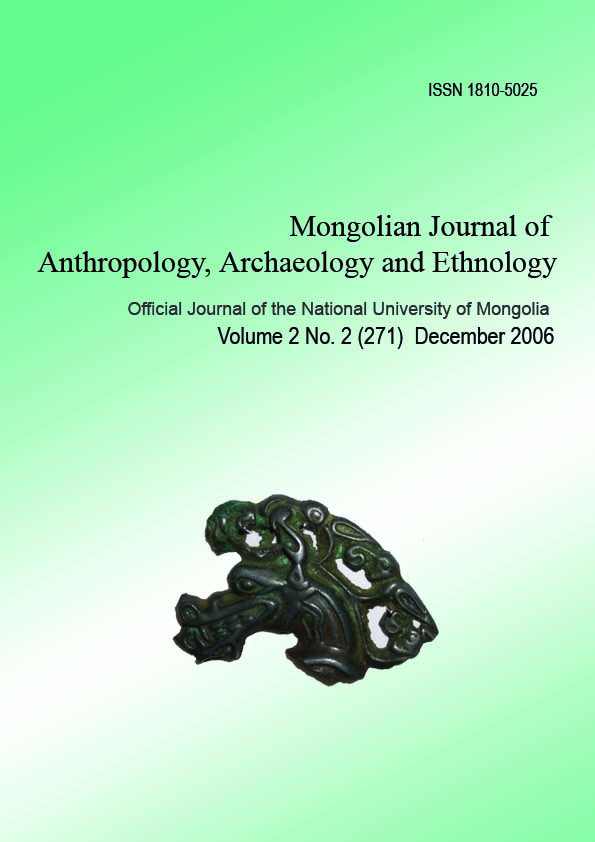THE ORIGIN OF XIONGNU ARCHAEOLOGICAL CULTURE BASED ON FUNERAL RITES
Keywords:
Xiongnu tomb, funeral rite, Mongolia, archaeologyAbstract
This paper addresses the issue of the origin of Xiongnu archaeological culture (3rd century BC – 2nd century AD) by examining certain aspects of their funeral rites, namely the exterior and interior structures of tombs, orientation and position of bodies – features resembling the Bronze- and early Iron Age culture of slab graves. The author argues that there has been a strong link between the two distinct archaeological cultures of slab graves and that of the Xiongnu; yet does not underestimate the influence of early nomadic cultures of northern China. The early stages of “xiongnuization” are represented by several tombs of 4th-3rd centuries BC from northern and western Mongolia, bearing certain archaic features typical of the funeral rite of the slab grave culture. It also meant that the ethno- cultural history of native population of Inner Asia was a continuous process that lasted throughout eighteen centuries. The paper is based on recently unearthed archaeological evidences of both Xiongnu tombs and slab graves found in Mongolia.


